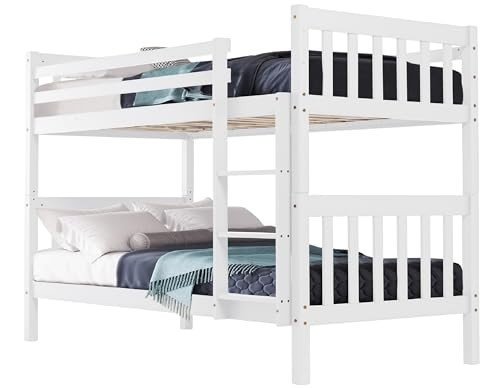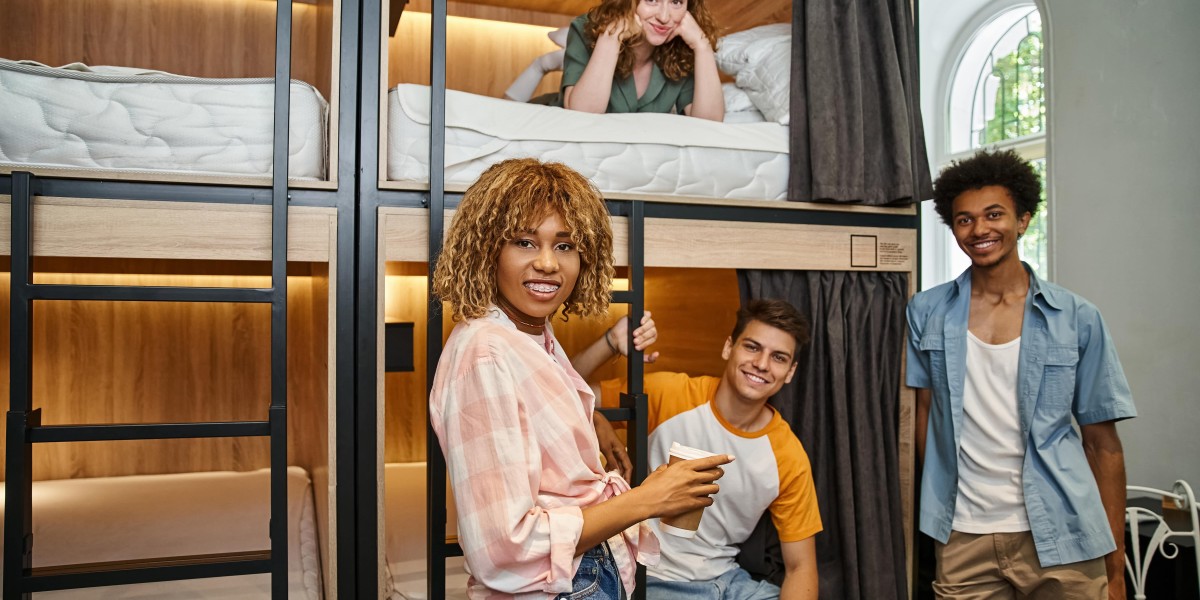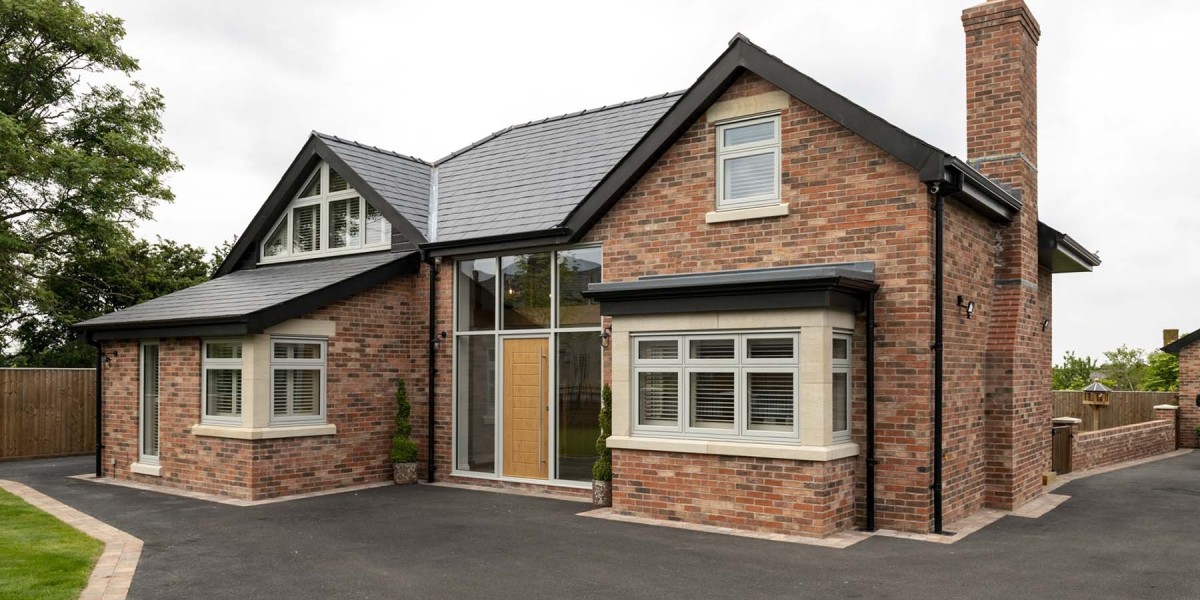A Comprehensive Guide to Children's Bunk Beds: Styles, Benefits, and Safety Considerations
Bunk beds have actually ended up being a popular option for households aiming to maximize space and provide an enjoyable sleeping environment for kids. With their special style, they use a creative and useful option for shared bed rooms, playrooms, or perhaps guest accommodation. This article explores the various designs of children's bunk beds, their advantages, safety factors to consider, and responds to some regularly asked questions.
The Allure of Bunk Beds
Children's bunk beds are more than simply space-saving structures; they are also a gateway to daring dreams and imaginative play. Below is a detailed assessment of their numerous benefits.
Advantages of Bunk Beds
- Space-Saving: Bunk beds efficiently use vertical space, making them an ideal option for smaller spaces.
- Lively Design: Many bunk bed styles include slides, camping tents, and themed elements, triggering imagination and excitement.
- Partner Sharing: Bunk beds are ideal for brother or sisters sharing a space or accommodating sleepovers.
- Versatile Use: Some designs can be separated into 2 specific beds, providing versatility as kids grow.
- Storage Options: Many bunk beds come with built-in drawer storage or shelves, even more boosting their functionality.
Styles of Children's Bunk Beds
The range of bunk beds readily available today accommodates different choices and needs. Below is an overview of some popular styles.

| Style | Description | Best For |
|---|---|---|
| Standard Bunk Bed | A conventional style featuring one bed stacked above another. | Siblings sharing a room. |
| Loft Bed | Similar to a bunk bed without the bottom bunk, enables a work space or play area below. | Minimal space for play/desk. |
| L-Shaped Bunk Bed | Two beds organized in an L-shape, typically with additional areas for storage or play. | Unique room designs. |
| Twin Over Full | A twin bed over a full bed, accommodating various sleep requirements. | Growing kids and teens. |
| High Sleeper | Stands even higher than a loft bed, usually featuring a desk or play location below. | Older kids needing more play/desk space. |
| Tent bunk beds for adults uk Bed | childrens bunk beds beds with a canopy or tent-like structure, developing a relaxing, enjoyable space. | Active and creative children. |
Key Features to Consider
When picking the right bunk bed for children, the following functions are worth considering:
- Material: Bunk beds can be made from wood, metal, or a combination. Each has its special aesthetic and toughness.
- Weight Capacity: Always confirm the weight limitation of the bunk bed to ensure it can accommodate your kids safely.
- Security Rails: Ensure the leading bunk has tough rails to prevent falls.
- Ladder Security: A well-designed ladder must offer easy and safe access to the upper bunk.
- Finishing: Ensure any surfaces are non-toxic and safe for children.
Safety Considerations
Security is vital when it pertains to children's bunk beds. The following guidelines should be followed:
- Age Appropriateness: Generally, children under 6 years old must not oversleep the upper bunk due to safety dangers.
- Durable Construction: Ensure the frame and products are strong and can support the weight without drooping.
- Routine Maintenance: Periodically check for loose screws, bolts, or other components that may require tightening.
- Clear Play Area: Keep the area around the bunk bed free of toys and obstacles to minimize tripping dangers.
Setting Rules for Safe Use
Establishing guidelines for bunk bed usage will assist ensure safety:
- Limit Jumping and Climbing: Children ought to be encouraged against jumping from the leading bunk beds for teenagers and climbing on the sides.
- Monitoring Sleepovers: Monitor young visitors while they are utilizing the bunk bed for the first time.
- Inform on Ladder Use: Teach how to use the ladder safely, stressing the value of dealing with the ladder when climbing or down.
Often Asked Questions
1. What age is proper for a kid to sleep in the top bunk?
A lot of manufacturers recommend that kids ought to be at least 6 years of ages to sleep in the upper bunk. This standard is developed to mitigate the danger of falls.
2. Can bunk beds be customized?
Yes, many makers use adjustable choices, including colors, products, and extra features like drawers or desks.
3. Are bunk beds safe for weight?
Bunk beds have weight limitations, generally ranging from 200 to 400 pounds, depending upon the design and product. Constantly check the producer's specifications.
4. How do I maintain and clean up a bunk bed?
Frequently check for loose parts, keep the bed tidy by cleaning down surface areas, and ensure the bed bunk for sale linen is fresh to promote a safe and hygienic sleep environment.
5. Can bunk beds be separated into specific beds?
Lots of bunk beds include an alternative to separate them into two private beds, supplying long-term adaptability.
Children's bunk beds are more than simple furniture; they are a practical, flexible, and creative part of a kid's space. With different designs offered and many safety factors to consider to keep in mind, parents can pick the best bed that fits their space, fulfills their kids's needs, and instills a sense of experience. By comprehending the benefits, styles, and safety measures associated with bunk beds, households can develop a wonderful and safe sleeping environment for their kids bunk bed. Whether for siblings sharing a space or space-saving solutions, bunk beds remain a cherished choice for lots of homes.








